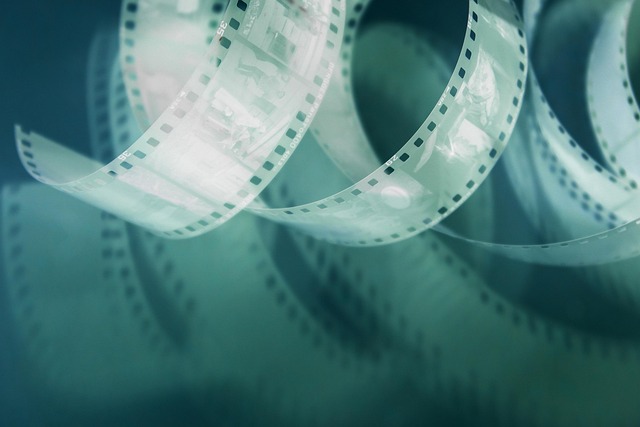In the world of film, lighting is more than just a technical necessity—it’s an emotional language that shapes the story and breathes life into every frame. Whether you’re an aspiring filmmaker or a seasoned director of photography, mastering lighting techniques is essential to elevate your film’s aesthetic and captivate your audience on a profound level.
Lighting goes beyond illuminating your subjects; it is a powerful storytelling tool. The way light contours faces, casts shadows, and interacts with the environment can evoke feelings of nostalgia, suspense, warmth, or isolation. Each choice you make with your lighting setup influences not only what viewers see, but how they feel.
One key technique to consider is the use of contrast. High contrast lighting, with stark differences between light and shadow, can create intense moods in a film — perfect for thrillers or dramatic moments. Conversely, low contrast lighting offers softness and subtlety, great for romantic or contemplative scenes. Experimenting with these gradients allows you to manipulate the emotional weight of your narrative effortlessly.
Another fundamental is understanding the quality of light—whether hard or soft. Hard light produces defined shadows and brings out texture, adding a raw, tactile feel to your film’s imagery. Soft light, on the other hand, smooths details and creates an inviting, almost dreamlike atmosphere. The choice between hard and soft light is like the choice of a color palette; it defines the overall mood and visual tone.
Natural light can be a filmmaker’s best ally, imbuing scenes with authenticity and beauty. But it requires patience and adaptability because of its changing nature. Harnessing the golden hour—the fleeting period shortly after sunrise or before sunset—can make your film glow with a warm, magical quality that artificial lighting often struggles to replicate.
Don’t overlook the power of color temperature in crafting the emotional aura of your film. Cooler blue tones can evoke feelings of coldness or tension, while warmer amber hues exude comfort or nostalgia. Thoughtful use of gels, filters, or LED lights can shift the color dynamics and subtly influence how your audience perceives the story.
Finally, consider the direction of your light. Side lighting can add depth and drama by sculpting faces and objects; backlighting can create silhouettes and mystery; front lighting often flattens, but can be used effectively for clarity and focus. Understanding these directions allows you to visually articulate your characters’ inner worlds and the atmosphere that surrounds them.
Mastering lighting techniques is not just about technical precision—it is about feeling the scene, sensing the emotional rhythm, and letting light become a character in your film. By approaching lighting as an art form, you’ll elevate your work beyond mere visuals, creating a cinematic experience that resonates deeply with your audience.




